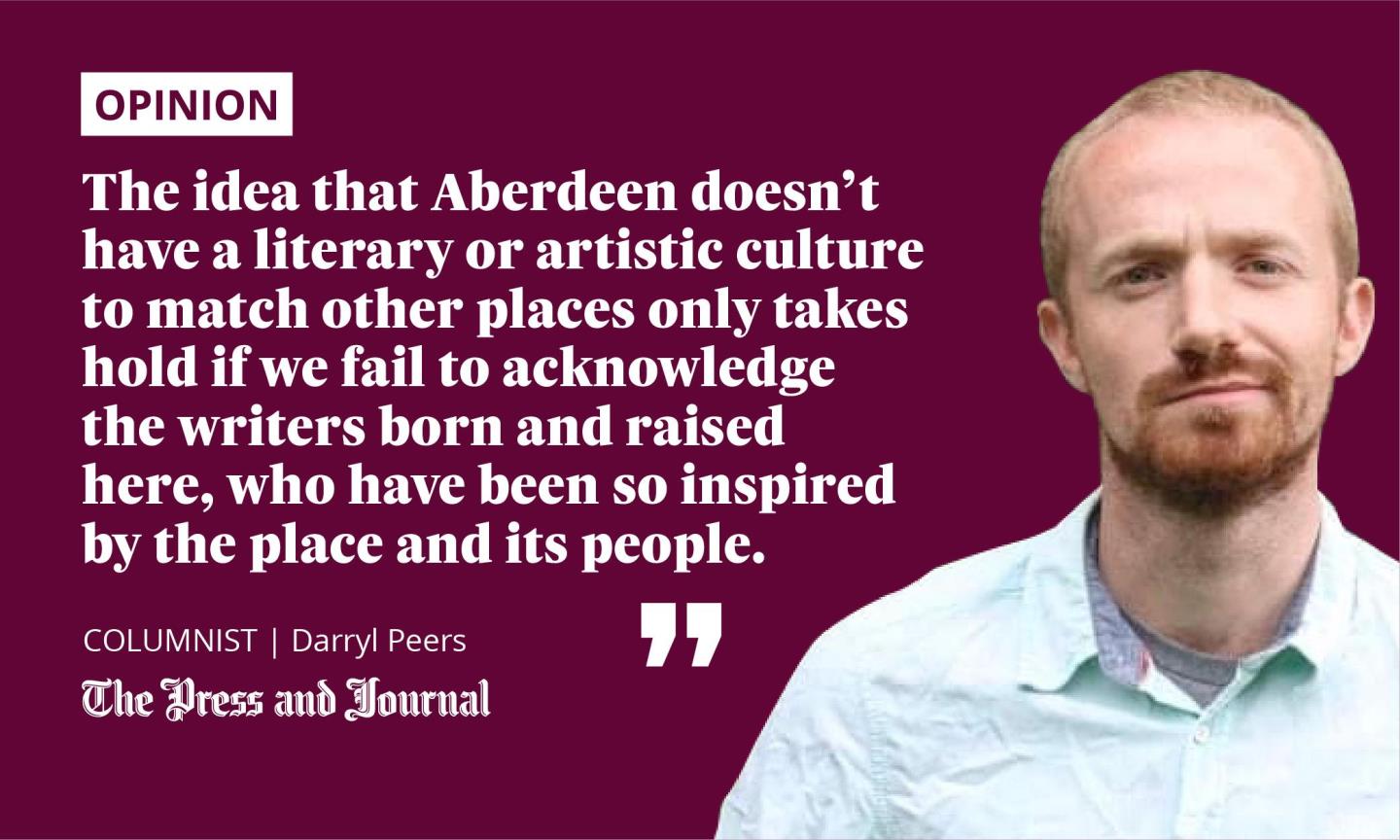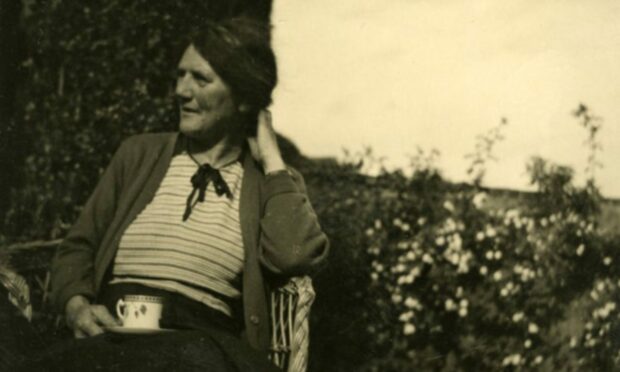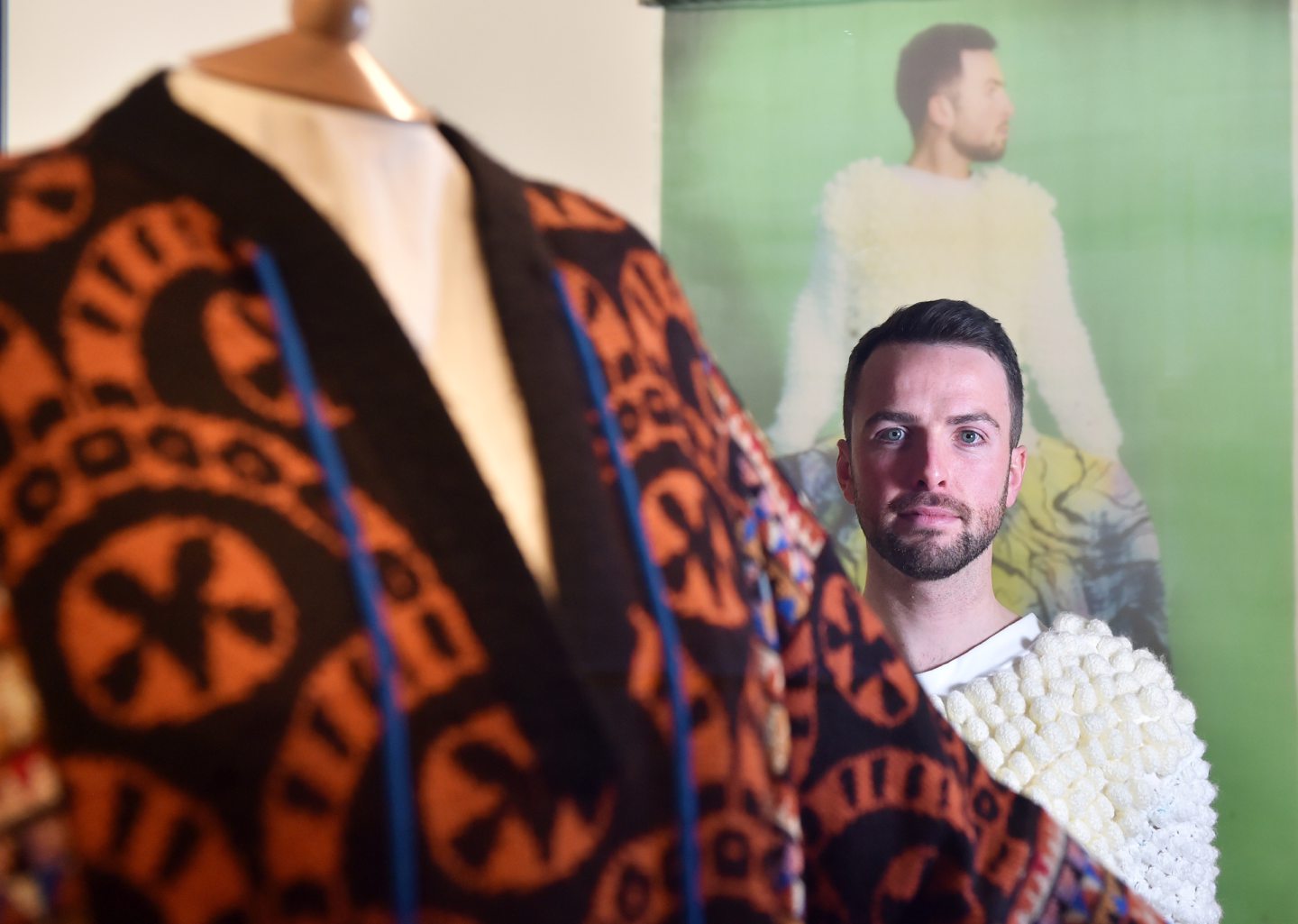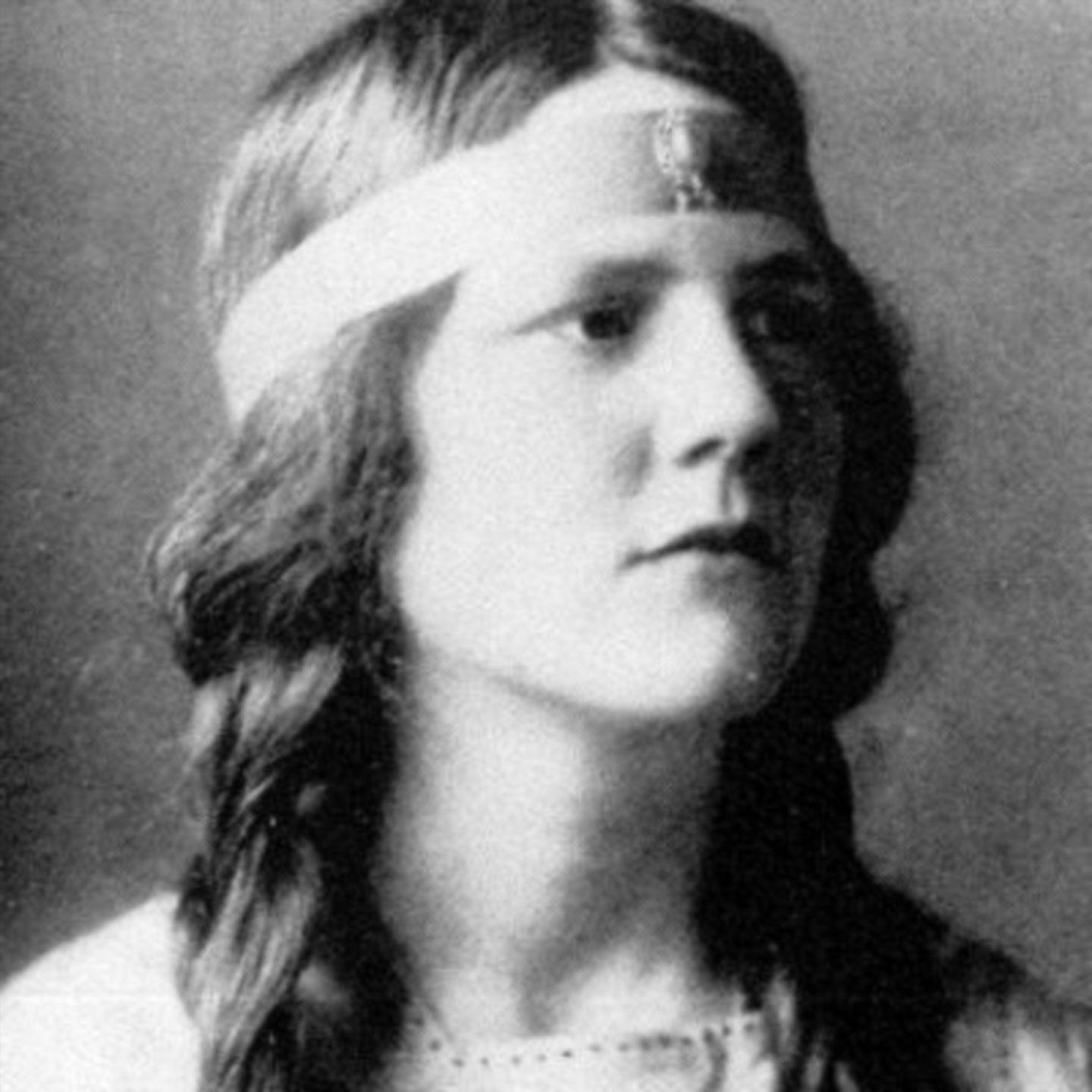It was 89 years ago, in August 1932, that Lewis Grassic Gibbon’s Sunset Song was first published.
Sometimes it seems as though this was the solitary moment in which Aberdeen or Aberdeenshire sustained the attention of a creative mind for long enough to be conjured up in art.
In a recent Radio 4 series called Written In Scotland, which styled itself as a survey of all Scottish literature, Aberdeen only received passing mention, in connection to Sunset Song.

The idea that the north-east doesn’t have a literary or artistic culture to match other places only takes hold if we fail to acknowledge the writers born and raised here, who have been so inspired by the place and its people.
I remember writing stories in English classes at secondary school, thinking that I had to set them in places that people actually knew about. If I set them in my home village, or in Aberdeen, who would understand them?
These instincts, learned young, are difficult to budge.
But, just because our national classics are so often set in other places, it does not mean that Aberdeen and the shire do not have a rich literary history.
A chorus of north-east literary voices
Lewis Grassic Gibbon is one of many writers to have hailed from and written about the area. William Alexander, George MacDonald, Charles Murray, Flora Garry, Nan Shepherd, Sheena Blackhall, and Leila Aboulela are part of a chorus of voices whose lives here have animated their work.
The Aberdeen Art Gallery recently hosted The Bill Gibb Line, an exhibition by Shane Strachan, where the Fraserburgh-born designer’s fashion “lines” inspire Strachan’s lines of poetry.
One line facilitates another. Stepping back, the overarching line here could be called a lineage – the line that connects Gibb’s work to Strachan’s.
For those of us from Aberdeenshire who are writing today, we are following after a lineage of writers whose imaginations have been activated by this place, too. Whether we recognise it or not, we are only adding our voices to an existing conversation.
And I think it is exceptionally important that we do recognise it. Our histories have taken us to where we are and, often, they shape how we move forward.
Preserving memory of our writers is everyone’s job
As a writer working on his first book of fiction, I find that many of the questions which drive me to the page are questions that my forebears have asked before.
To take one example, in Bennygoak, Flora Garry writes that she was “Sair’t o the hill o Bennygoak / An scunnert o the ferm”.
Sub in Bennachie for Bennygoak and I can tell you, I’ve been there.
She goes on to think of her mother, who loves their home by Bennygoak. She is getting older and, though Garry wants to care for her, she also wants to leave: “Twid brak her hert to leave the hull: / It’s brakkin mine to bide”.
Neither choice will spare someone’s breaking.
Yet Garry’s conflict has smoothed the path for me: reading her and others’ work, I have learned I don’t need to leave Aberdeenshire to find places where I can set my writing, as I thought when I was younger.
But it was only this year that I discovered her. This is true of many of the writers I mentioned above, who I only came across because I was searching for them.
Preserving their memory does not happen on its own. That is work that is done in the here and now. That is work incumbent on me – on anyone who is from the north-east and wants to write.
Not that there are rules or things you should do with writing. But, at a time when television and film continue to pour images of New York, California, and London into our lives – as though these are places we should all strive to emulate – Aberdeen, the shire and our cultures are already being marginalised.
All places can endlessly feed the imagination
An Aberdeen-born writer might be tempted to say that their major influences are F Scott Fitzgerald, William Shakespeare, or Ernest Hemingway, in which case they appear worldly. As though they have risen above their humble beginnings.
If the writer says their main influences are Nan Shepherd and Grassic Gibbon, some might say they’re parochial. But their work is as worldly, as universal, as anything else – it is just that the places and the cultures in which they are rooted are not considered to be so.
Significant effort is put in by schools, media organisations and cultural institutions to make Fitzgerald or Shakespeare understandable to diverse audiences
The reality is that a writer is most likely to have influences both local and remote. But let’s not pretend that these influences exist on a level playing field. Significant effort is put in by schools, media organisations and cultural institutions to make Fitzgerald or Shakespeare understandable to diverse audiences, by way of education.
At the same time, writers working in Doric are often accused of being uninterested in speaking to a wider audience.
It is the work of us here in Aberdeen and the shire to remember our writers and artists, to carry the knowledge that we live in a place which can endlessly feed the imagination.
It has done so before, it is doing it now, and it will do it again.
Darryl Peers is a writer from the north-east of Scotland


